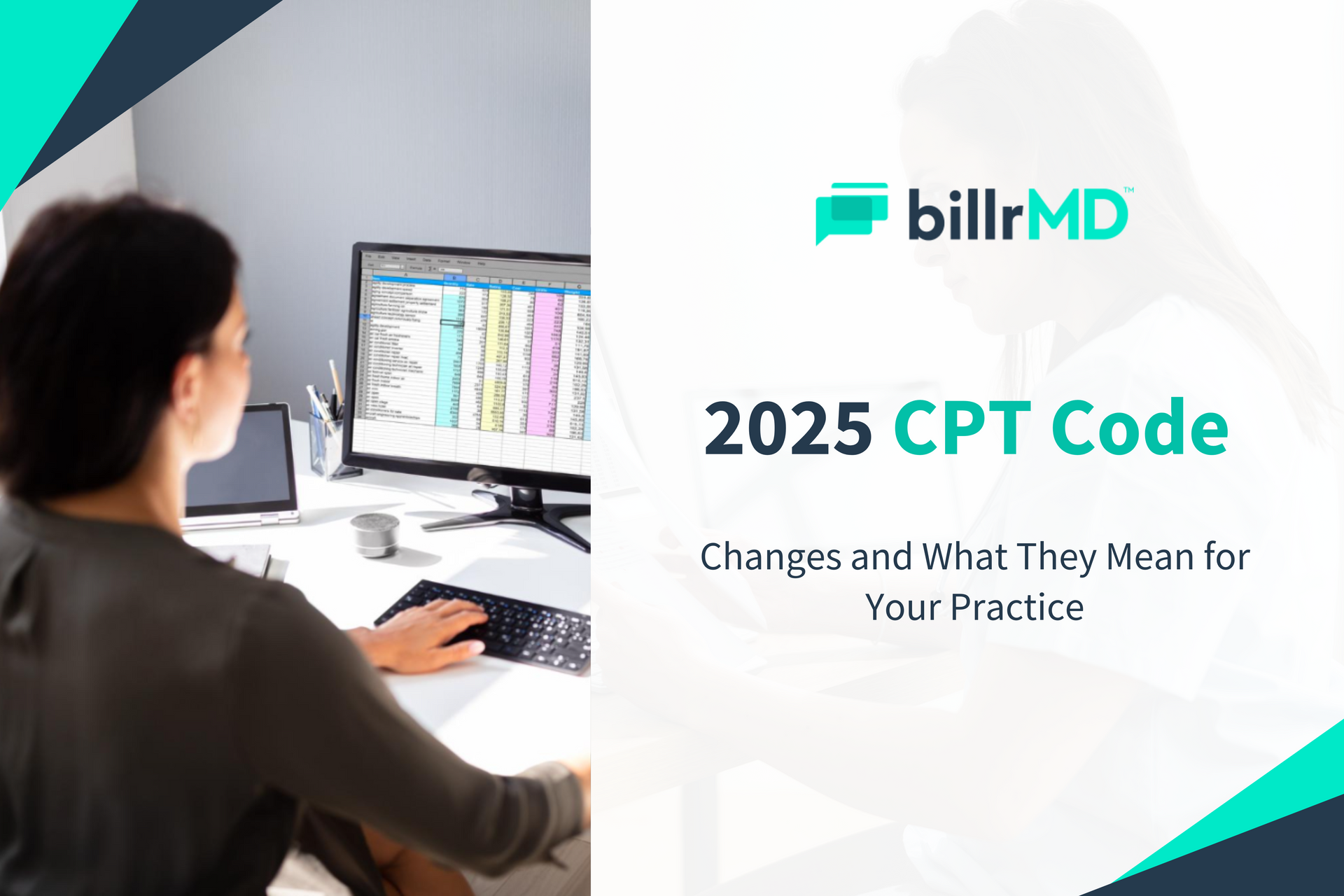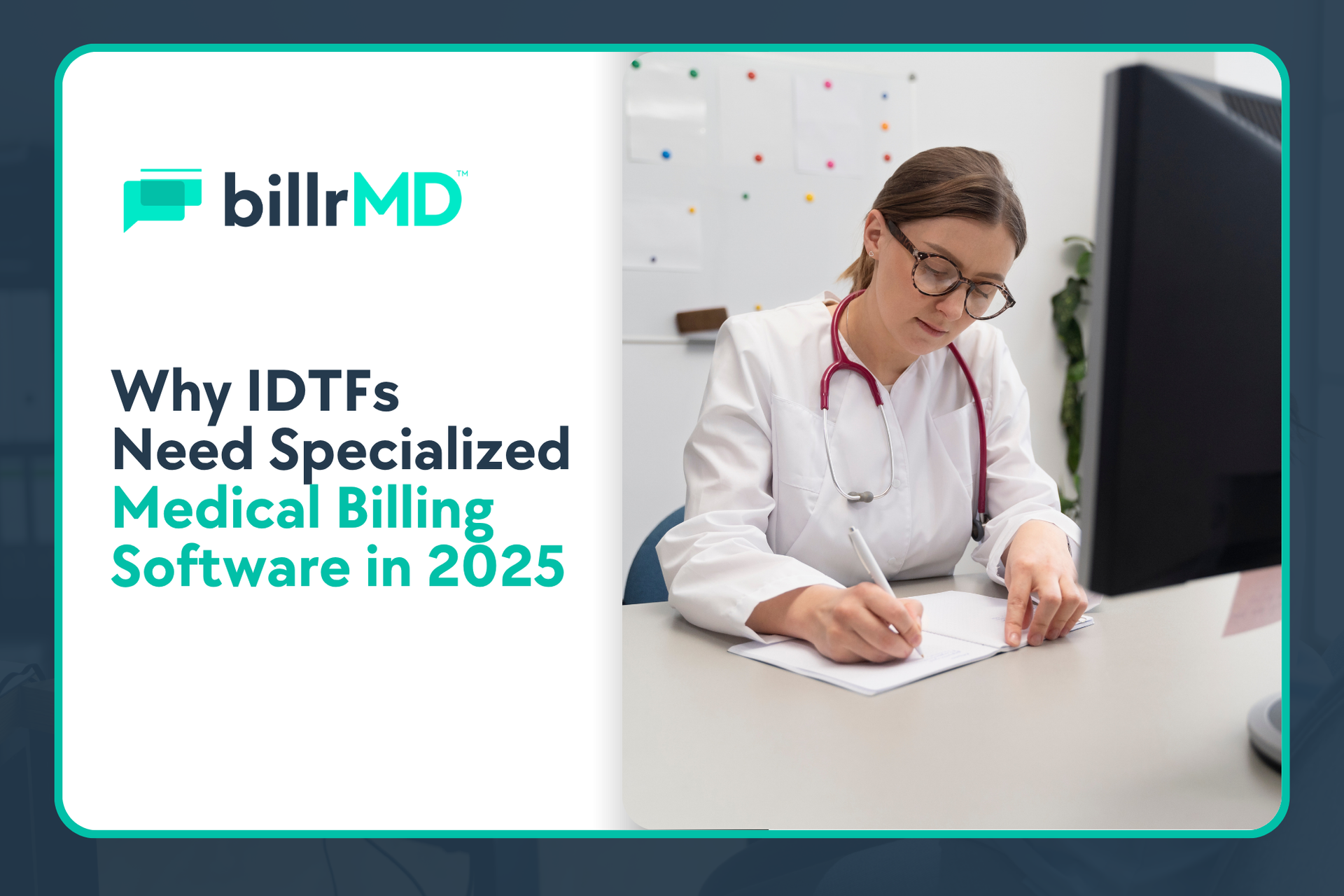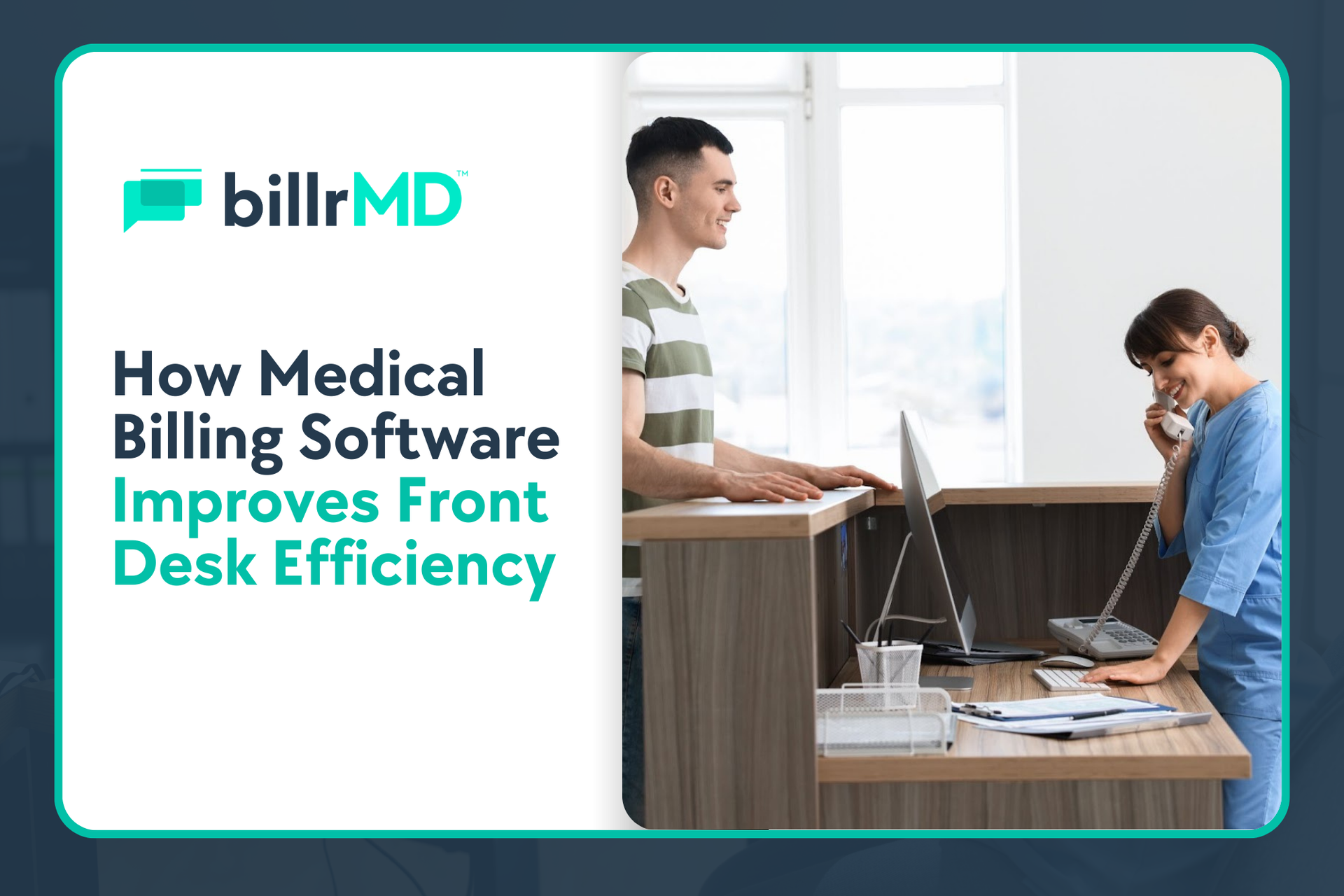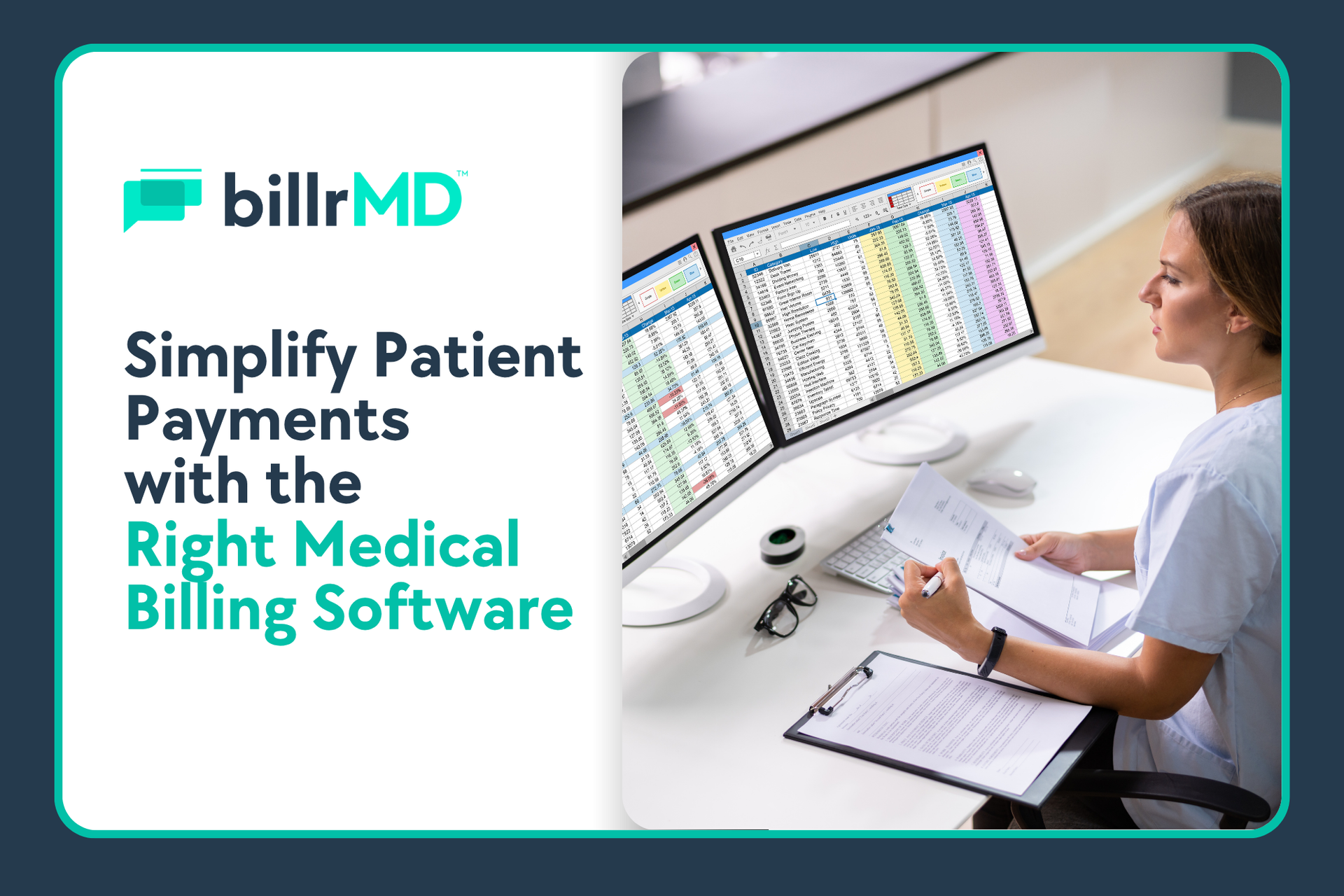Mastery comes from years of practice, not just mere moments of effort. To achieve a robust and steady reimbursement cycle, your coding and billing team must equip themselves with precise Current Procedural Terminology (CPT) codes.
Only a few of the 420 code updates will apply to your specialties, yet your team still has a lot of work to do. They must review the affected codes and ensure your processes align with good coding practices.
With the proper CPT codes and a plan to adapt the updates early, you can
streamline your reimbursement workflow and ensure improved compliance—no surprise audits or lengthy back-and-forth between payers and clinicians.
Dive deep into the latest updates and reshape how you manage billing and coding in your practice. Explore the implications of these code changes and leverage these insights to work more smoothly and profitably.
Want Accurate 2025 CPT Code Management?
Overview of Key 2025 CPT Code Changes
The evolution of code sets reflects the exciting integration of technology in healthcare, driving efficiency and
pruning errors in medical billing codes. Here's a breakdown of these changes and their implications:
Digital Medicine
The editorial revisions to Remote Therapeutic Monitoring (RTM) codes reflect the growing role of digital health in chronic care management. The updates cover digital therapeutic interventions (98975) and account for device supply and data access/transmission (98976-98978).
Augmented/Artificial Intelligence (AI)
New codes—such as 0902T and 0932T for electrocardiogram analysis, 0877T-0880T for chest imaging, and 0898T for image-guided prostate biopsy—classify AI's role as assistive, augmentative, or autonomous. These codes clarify how artificial intelligence contributes to or performs clinical tasks.
General Surgery
The introduction of new codes (15011-15018) for innovative skin grafts supports improved outcomes in wound care and recovery, while codes 49186-49190 reflect cutting-edge surgical methods for addressing abdominal tumors.
The recent changes to CPT codes show how quickly the healthcare industry embraces emerging technologies. These modifications clearly show the industry’s commitment to evolving practices that aim to improve patient care and outcomes.
How These Changes Affect Your Practice’s Billing Process
Your clinic's financial success hinges on staying informed. By being updated on new industry standards, your practice can adapt earlier, gain economic advantage, and avoid costly errors. Here's what you need to know about these coding updates:
Digital Medicine’s Impact On:
Billing:
- Including digital therapeutic interventions in 98975 and device-related services in 98976-98978 allows practices to capture revenue for these advanced modalities.
Coding Accuracy:
- Coders must accurately identify the appropriate RTM code based on the devices supplied and data monitoring or transmission.
Augmented/Artificial Intelligence (AI) Impact On:
Billing:
- Introducing AI-specific codes (e.g., 0902T and 0932T) allows practices to bill for AI-assisted procedures.
Coding Accuracy:
- Coders must understand the taxonomy and select codes that align with the AI's function in the specific procedure.
General Surgery Impact On:
Billing
- New codes for advanced skin grafts (15011-15018) and tumor elimination techniques (49186-49190) align billing with modern surgical procedures.
Coding Accuracy:
- Introducing distinct codes reduces the reliance on generic or catch-all codes.
Preparing Your Team for New Codes
Organize training sessions for CPT coding with your IT staff, physicians, coders, billers, and admin teams. Offer various learning opportunities, from webinars to educational materials.
To reinforce these CPT changes in daily coding scenarios, include practical case studies and mock coding exercises. Beyond fostering continuous learning, incorporate CPT coding in your onboarding process. Consider using the American Academy of Professional Coders' framework:
- Do a deep dive into the revenue cycle and CPT and ICD fundamentals.
- Outline the essential documentation requirements in the note.
- Offer a guide to mastering service and time-based billing.
- Showcase notes and tips on how to level services.
- Explore the insights from the redacted notes of residents.
Updating Software and Documentation
Use the remaining months of the year to check with your medical billing software partner and see how they keep your CPT database updated with new and revised codes. Don’t forget to remove or request to delete the old codes.
Consider the documentation requirements per CPT update. For the digital medicine codes, reiterate the need to document the following to justify billing:
- Use of digital devices
- Therapeutic interventions
- Transmitted data
If your practice utilizes AI, be sure to acknowledge essential details such as:
- Role of the AI tool (assistive, augmentative, or autonomous)
- Its contribution to the procedure
Surgeons also need to highlight in their documents the clinical rationale and benefits of the advanced methods. Adding notes and automatic reminders can help, so utilize these features if available.
Or think about scaling up with practice management software for a proactive approach. Such systems can support busy clinicians through automated coding tools that analyze patient records and suggest CPT codes accordingly.
Ensuring Compliance with Payers
Besides training and documentation, anticipate adjustments to your insurance compliance. Use these steps as a guide for your review process:
1. Secure a
resource on the medical coding updates. Your team can purchase the 2025 CPT manual, review a tailored CPT list from your specialty association, or access billrMD’s quarterly updated CPT codes.
2. Using your coding material, review the code changes. For instance, if your clinic has been providing COVID-19 immunizations, pay attention to the deleted vaccine codes.
3. Check for updated policies from insurance payers. Some CPT changes may (or may not) trigger revisions in care policies, so it pays to stay informed on these details as well.
4. Develop a plan to monitor claims submissions related to the updated codes. A coding transition is seldom complete without ripple effects on the submissions, delays, or denials. So, create a plan to keep track of these changes and address them appropriately.
Take Proactive Steps Now for a Seamless Start to 2025
As the 2025 CPT code changes approach, it’s time to prepare your practice for success. Upgrading your medical billing system with billrMD can make all the difference.
- Streamline Coding & Billing: Simplify your processes with integrated, specialized modules designed for faster payments and error-free coding.
- Secure Cloud Storage: Know that your data is safe with our web-based platform and 256-bit SSL encryption—no downloads or extra software required.
- Trusted Expertise:
With over 25 years of healthcare technology experience, billrMD has supported countless practices in achieving efficiency and growth.
Ready to get started?
billrMD offers a 100% complimentary introductory plan to help you explore the benefits risk-free—no commitment or credit card required. Contact us today and discover why billrMD is one of the leading billing solution companies in the industry.
Ace CPT 2025 Compliance with the
















